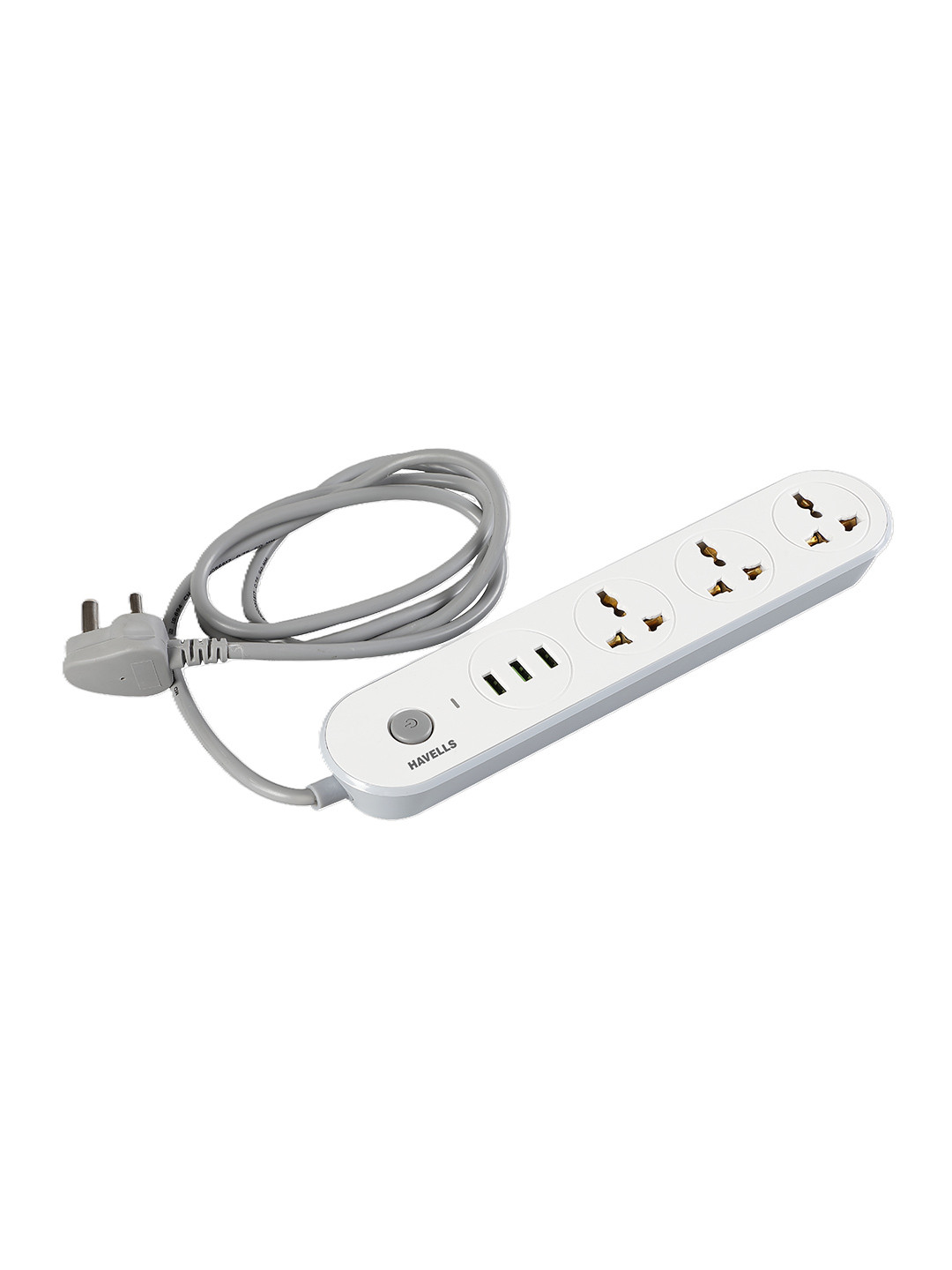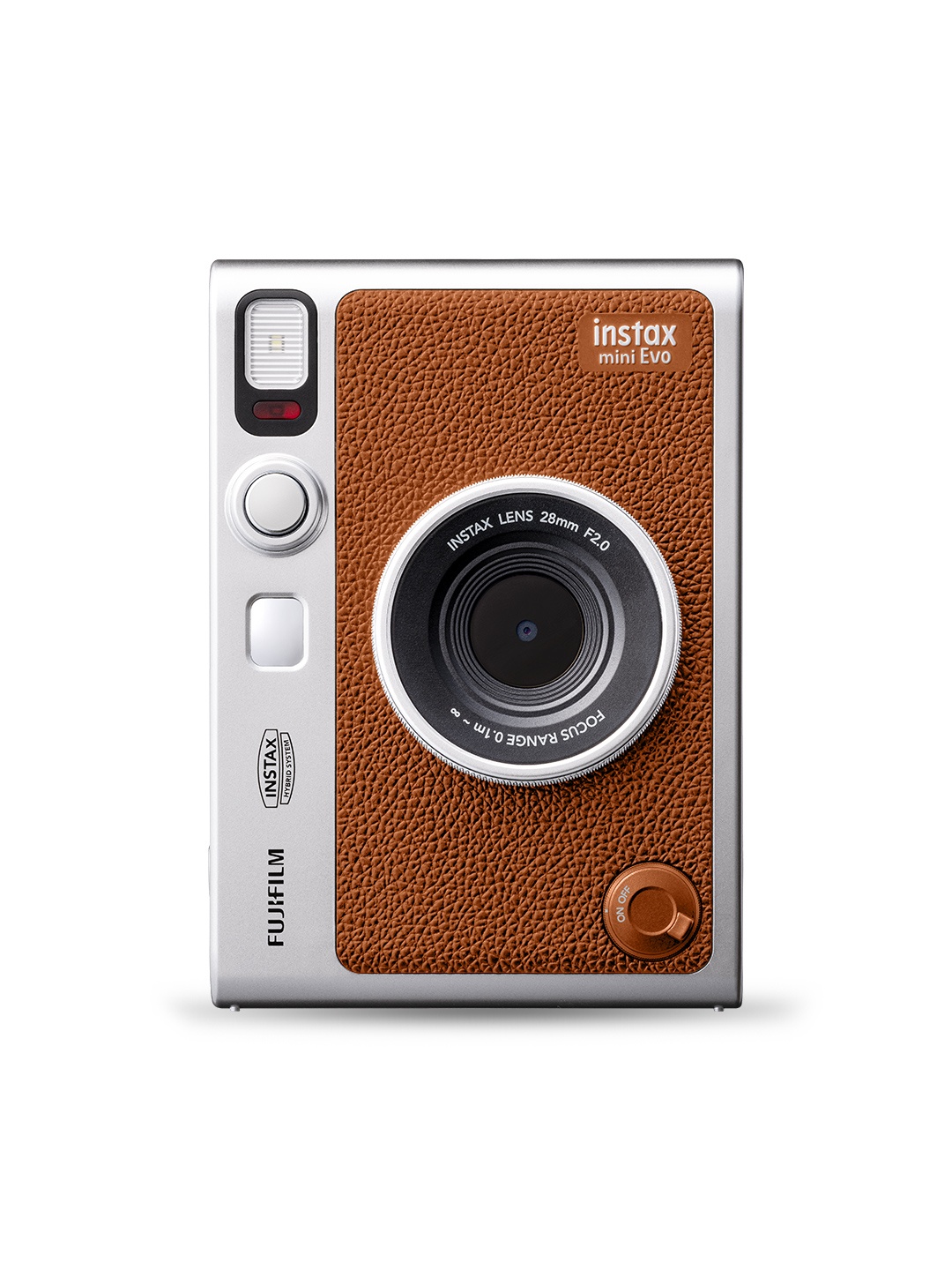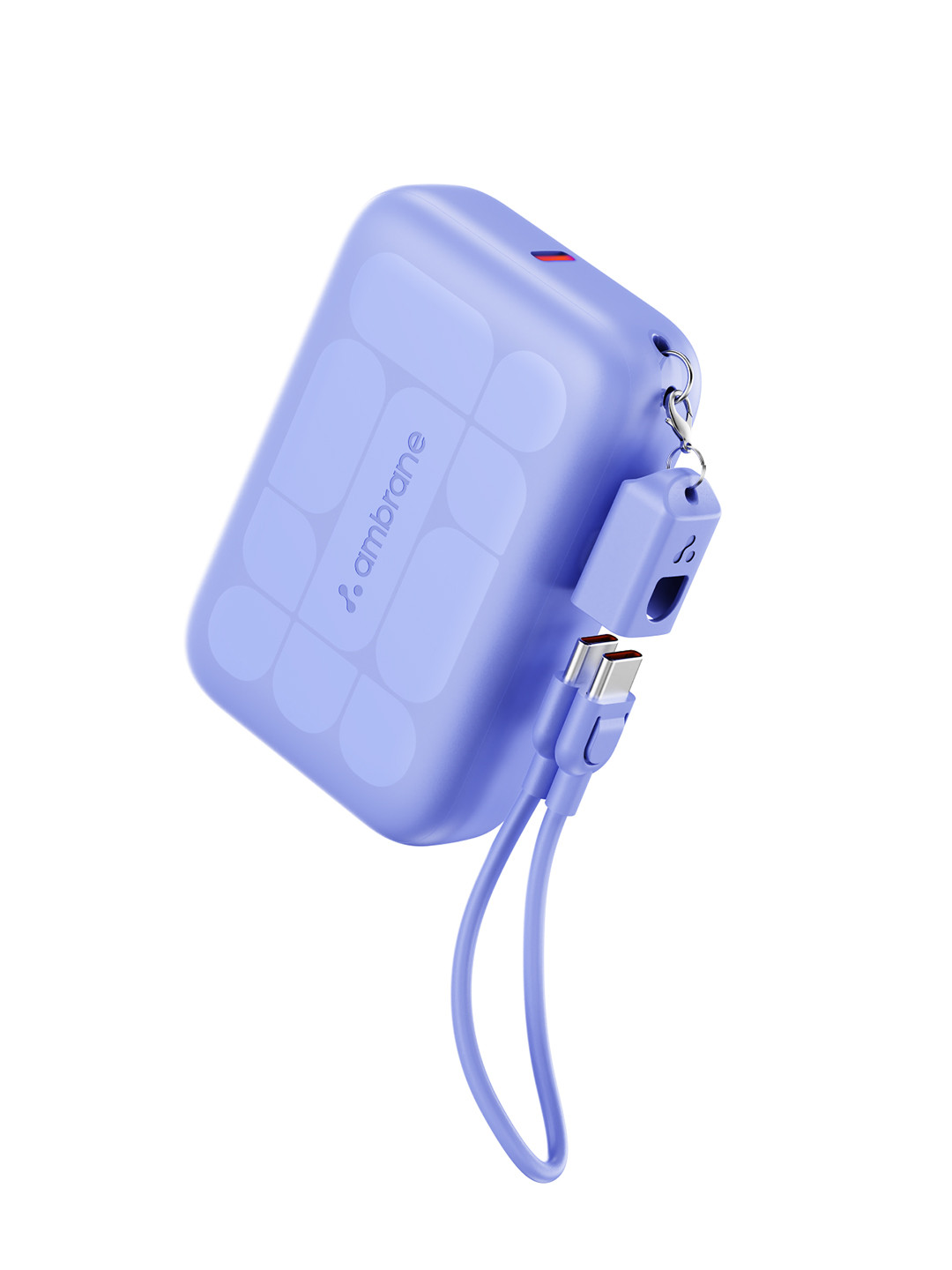Why Your Projector Looks Dim in Daylight: Realistic Expectations Before You Buy
Projectors promise big-screen magic at home, but daylight often spoils the show. Explore why brightness struggles happen, what numbers actually matter and how to set expectations before spending your hard-earned money on a shiny new projector.

Projector Looks Dim In Daylight? Reasons And Buying Tips You Must Know.
A glowing screen on a lazy Sunday afternoon sounds perfect. A bowl of popcorn, a chilled drink, and a projector spreading vibrant colours across the wall. The dream feels wonderful until sunlight walks in. Many people imagine projectors as giant TVs. They expect clear pictures at any hour, in any room. Reality plays a different script and that is because light behaves in tricky ways. Even a small amount makes the picture lose punch. That leads to confusion when brightness claims on boxes look promising but fail in real homes. The problem grows when sellers advertise unrealistic brightness numbers. Before buying one, it helps to understand how projectors work, how daylight interferes, and how to choose a model that fits both the room and the budget.
The goal here is simple: reduce surprises. A projector can create beautiful moments, but only when expectations stay grounded. Here is why your projector looks dim and washed out in daylight - what you must know before you go and make the purchase.

Why Your Projector Screen Look Washed Out And How To Choose The Right One; Photo Credit: Pexels
Essential Real-World Factors That Shape Your Viewing Experience
1. The Truth About Daylight and Why It Defeats Projector Brightness
Sunlight holds immense strength. Even at 4 pm, when the sun softens a little, the brightness that enters a room overwhelms the light coming from most projectors. A projector tries hard to push its image onto a surface, yet daylight steals contrast, washes out colours and creates a pale, faded look. The human eye also adjusts to the environment. When the surroundings are bright, picture details seem weaker.
Even heavy curtains struggle. Tiny gaps let light slip in and scatter across the room. The result is a chalky image that forces the viewer to squint. No projector prefers a bright room. Light pollution works like noise. Just as a whisper disappears in a crowded market, a projector beam disappears in sunlight.
Daylight creates a mismatch that even high-end models cannot ignore. The more sunlight falls on the screen, the more the picture strength drops. Understanding this helps prevent disappointment. Any projector performs best when the room grows dim, not when the sun beams through the windows.
2. Why Lumen Numbers on Boxes Mislead Buyers
Many projector advertisements feature huge lumen claims. Some even throw unrealistic numbers such as 10,000 or 20,000 lumens. These figures look exciting but rarely reflect true brightness. Several low-cost brands use “LED lumens” or “marketing lumens”, terms that sound official but differ from standard measurements.
The recognised unit is ANSI lumens. This measures brightness in a controlled environment. A projector with true 1,000 ANSI lumens performs far better than a model boasting 10,000 fake lumens. The problem arises when buyers trust the inflated numbers and expect daylight performance that no affordable projector can provide.
Brightness also depends on lens quality, colour accuracy and contrast. High lumen claims hide these factors. Instead of chasing big numbers, looking for verified ANSI ratings offers a clearer picture. When a shopkeeper avoids answering the ANSI question, that raises a red flag. A projector may appear bright on paper, but the real world, with its sunlight and reflections, tells a different story.
Also Read: Looking For The Best Projectors Under Budget In India? Here Are Some Great Options
3. Room Conditions Matter More Than Brightness Specs
A projector's success depends heavily on the room. Light-coloured walls reflect sunlight and create a glowing environment. Even a strong projector struggles in such spaces. Darker rooms absorb light and improve picture clarity. Curtains, blinds and wall shades make more difference than many people expect.
The distance between the projector and the screen also affects brightness. When the image grows larger, light spreads out and becomes weaker. A 100-inch projection in a bright room loses punch quickly. Even a slight shift in the projector angle can change how evenly the image appears.
Buying a bright projector helps, but controlling the room matters more. Thick curtains or blackout blinds cost far less than upgrading to a premium projector. People often place projectors in living rooms, where sunlight dances freely. Shifting the setup to a bedroom or adding simple light control transforms the experience without stretching the budget too far.
4. Contrast Ratio: The Hidden Hero of a Vibrant Picture
Brightness receives plenty of attention, but contrast brings life to a projected image. A high contrast ratio allows deeper blacks and richer colours. When contrast improves, scenes feel lively and engaging. Even a moderately bright projector looks impressive in a dim room when its contrast ratio stays strong.
In bright spaces, contrast suffers first. Blacks become grey and colours lose depth. Even high-lumen projectors cannot restore the lost richness. A projector with good contrast and accurate colour profiles often beats a brighter model with poor contrast.
Understanding contrast helps reset priorities. A balanced combination of brightness, contrast and good colour accuracy creates delightful visuals. Shiny lumen numbers cannot replace this harmony. Finding a projector with a stable contrast ratio ensures that movie nights feel magical once the lights go down.

Projector Looks Dim In Daylight? Reasons And Buying Tips You Must Know; Photo Credit: Pexels
5. Why Ambient Light Rejecting Screens Seem Tempting but Need Careful Thought
Ambient Light Rejecting (ALR) screens sound exciting. They claim to push away stray light and deliver brighter images even in daylight. These screens do help, but only in certain conditions. ALR screens reflect light from a specific direction. When placed correctly, they boost contrast and reduce washout.
However, ALR screens cost a fair amount, often starting around ₹15,000 and climbing higher. Installing one demands precise positioning. If the projector sits at an odd angle, the benefits shrink. ALR screens also change colour accuracy slightly, depending on the coating.
For many households, spending on curtains delivers better value. An ALR screen suits people who want a premium setup with a fixed projector position. For everyone else, basic room control works wonders. The excitement around ALR screens should match the needs of the room, not the marketing promise.
6. How Throw Distance and Screen Size Affect Brightness
Projectors spread light across the screen. When the picture size increases, brightness per square inch drops. A 150-inch projection looks impressive on paper, but the image grows dim in daylight and even in semi-lit rooms. People often push screen sizes to the maximum because the idea feels cinematic. The result becomes a washed image that loses charm.
Throw distance plays a major role. Every projector has an optimum distance where brightness and clarity look best. Some are short-throw models that create large pictures from a close distance. Others need more space. If the room size cannot support the ideal distance, brightness suffers.
Choosing a screen size that suits the room makes the projector shine. A controlled 80 to 100-inch picture often looks brighter and more vibrant than an oversized 150-inch display. Moderation helps. Bigger isn't always better when it comes to light projection.
7. Budget Projectors Have Limits: Understanding Them Helps
Affordable projectors between ₹5,000 and ₹20,000 attract many buyers. They offer good value when the room stays dark. However, budget lenses, low contrast and weaker light output limit their daylight performance. These projectors offer fun weekend movie nights at home but not midday cricket matches with sunlight pouring in.
Many feature 720p or 1080p native resolution. Upscaled 4K claims appear often but rarely match true clarity. Fans or cooling systems may create noise. These limits don't make them bad. They simply need suitable conditions. With expectations set right, these projectors deliver memorable entertainment without draining savings.
Instead of chasing miracle performance, adjusting the environment allows budget models to perform at their best. A small room, dim lights and a simple screen create a cosy corner perfect for evening shows.

Projector Looks Dim In Daylight? Reasons And Buying Tips You Must Know; Photo Credit: Pexels
8. High-End Projectors Shine Brighter, but Even They Have Boundaries
Higher-priced models above ₹50,000 offer stronger brightness and refined colour reproduction. Laser projectors often appear in this range. They handle moderate ambient light better and create sharper images. Some even cross 2,000 ANSI lumens, offering more flexibility in semi-lit rooms.
Yet even these models face daylight challenges. A fully sunlit room overpowers almost any projector. The experience improves with curtains, closed blinds or darker wall paint. Spending more gives better performance, but does not break the laws of physics. Light still scatters, reflections still grow, and contrast still drops.
Premium features bring comfort, shorter warm-up times, quieter operation and long-lasting brightness. Still, the real magic appears only when the room cooperates. High-end projectors reward those who understand their strengths and limits.
9. Setting Expectations Before Spending Your Money
A projector offers theatre-like experiences at home. But setting expectations protects the wallet from regret. The simplest rule: projectors love darkness. Even partial daylight weakens the picture. If the plan involves daytime use, expect pale colours unless the projector has high ANSI lumens and the room stays controlled.
Checking the installation space helps. Measure throw distance, window placement and wall colour. A projector should match the room, not fight it. Consider the usage pattern. Movie lovers who watch mostly at night enjoy excellent results even with mid-range choices. Sports fans who prefer afternoon matches may struggle without proper room treatment.
Understanding personal needs avoids overspending or buying the wrong device. A projector serves best when chosen after assessing the space it will live in.
10. Practical Tips to Improve Brightness Without Buying a Costly Projector
There are simple ways to boost picture quality. Thick curtains block sunlight and cost far less than an upgrade. Using a proper projector screen, even an affordable matte white type, improves brightness and colour balance. Painting the wall in a neutral grey shade also helps reduce reflections.
Keeping the screen size moderate ensures brightness remains strong. Cleaning the projector lens enhances clarity. Positioning the projector correctly improves contrast and reduces hotspots. Even switching off nearby lamps helps the image regain energy.
These small changes cost little but create noticeable improvements. Instead of rushing to buy a brighter model, tweaking the environment often delivers satisfying results. A projector thrives when the room works with it, not against it.
Products Related To This Article
1. Zebronics Android Smart LED Projector
2. E GATE Atom 3X
3. Lifelong Electronics Lightbeam X Smart Projector
4. WZATCO Yuva Go Pro Native 1080P Android 13.0 Smart Projector
5. WZATCO Yuva Vibe, Certified Smart Home Projector 4k Ultra HD
Projectors bring cinema-style excitement into everyday life. Their charm grows when expectations stay grounded and choices suit the room. Daylight limits even the brightest models, and no amount of marketing beats the simple truth: darkness brings the best picture.
A well-chosen projector paired with thoughtful room adjustments transforms evenings into cherished moments. Understanding brightness, contrast, screen size, and environment leads to smarter decisions and better use of every rupee spent. With a little planning, any home can enjoy a delightful big-screen experience without falling for exaggerated promises.
(Disclaimer: This article may include references to or features of products and services made available through affiliate marketing campaigns. NDTV Convergence Limited (“NDTV”) strives to maintain editorial independence while participating in such campaigns. NDTV does not assume responsibility for the performance or claims of any featured products or services.)
























